- Home
- slideshows
- miscellaneous
- The Boeing 737 that crashed in Iran wasn't a Max plane - here are the main differences between the two aircraft
The Boeing 737 that crashed in Iran wasn't a Max plane - here are the main differences between the two aircraft
The main differentiator between the 737-800 and its Next Generation sibling is the engine type that each one uses.

The LEAP 1B engines are noticeably larger than the ones found on older Boeing 737s and also rounder.
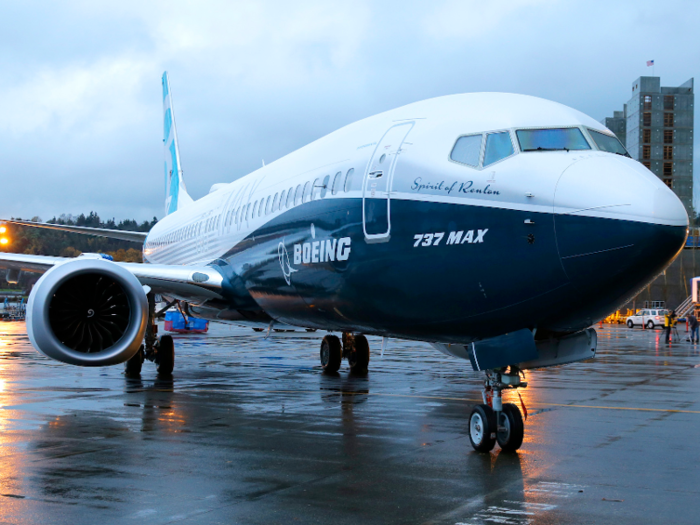
While the 800's engines have a large bottom lip, the lip on the bigger Max engines is less pronounced.
In order to accommodate the larger engine, the positioning on the wing had to be changed. The engines were ultimately placed higher up on the wing and further forward, which did not go without consequences.
Adjusting the engine's positioning affected the aircraft's center of gravity which, in turn, affected its handling.

In order to make it behave more like the Next-Generation 737s, the manufacturer installed a system, known as Maneuvering Characteristics Augmentation System, or MCAS, to compensate for the nose's tendency to pitch up by pitching the nose down.
MCAS is a quasi-autopilot feature, operating in the background to help the pilot fly the plane when hand flying. The idea was the Max would fly like a 737 NG, and pilots would be able to fly both planes interchangeably with only a supplemental learning course instead of acquiring a new type rating to fly the aircraft that would require a full-fledged training regimen.
Most airlines in the US that operate the Boeing 737 NG aircraft have opted to add winglets to the end of the wings, aiding in the aircraft's fuel efficiency.
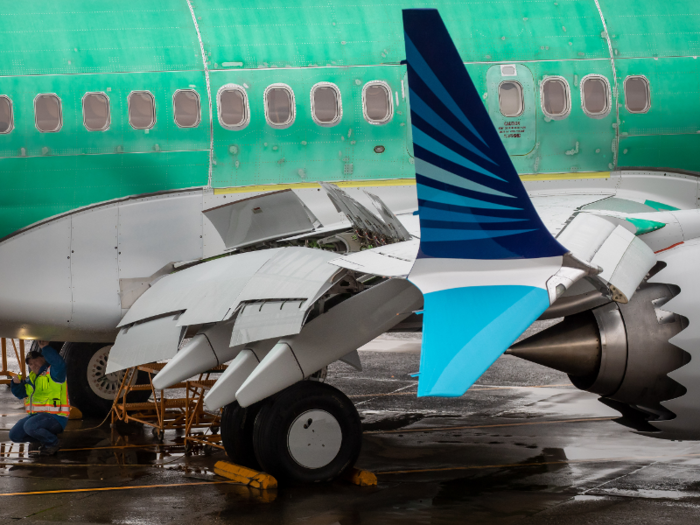
While an optional add-on for the NG aircraft, all Boeing 737 MAX 8 aircraft feature Boeing's AT winglet that resembles a V-shape on the end of each wing.
While many non-Max aircraft also feature a similar-looking add-on known as the split scimitar winglet, which also increases the aircraft's fuel efficiency, they are two different winglets. Nearly all major airlines operating the Boeing 737-800 have adopted the split scimitar, with the exception of American Airlines, making identification based on this alone slightly more difficult.
The while exterior of the two aircraft may be nearly identical, the cockpit is a dead give away when wondering if one is flying on the Max 8.
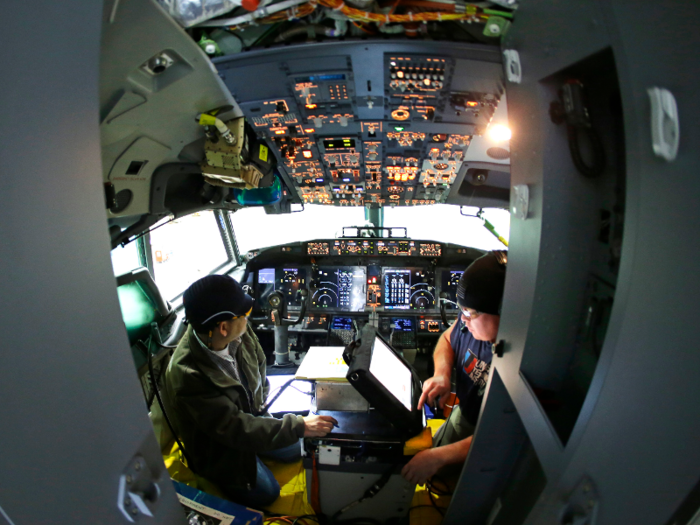
Boeing upgraded the Max cockpit with upgraded avionics systems and more glass displays.
Four large display screens dominate the cockpit with nearly all standalone gauges, including the angle of attack indicator, being replaced by the glass screens. The main displays, in turn, looks more like those found on a Boeing 787 Dreamliner, Boeing's newest twin-aisle aircraft, than its predecessor aircraft.
While the 737 Max and 737 NG aircraft may handle similarly, thanks to the MCAS, the pilots would have to learn a new cockpit. Training is usually done via a computer or tablet-based course or a classroom setting.
The LEAP 1B engines combined with other aerodynamically efficient features including the AT winglet all contribute to the increased fuel efficiency of the Max 8 compared to the 737-800.
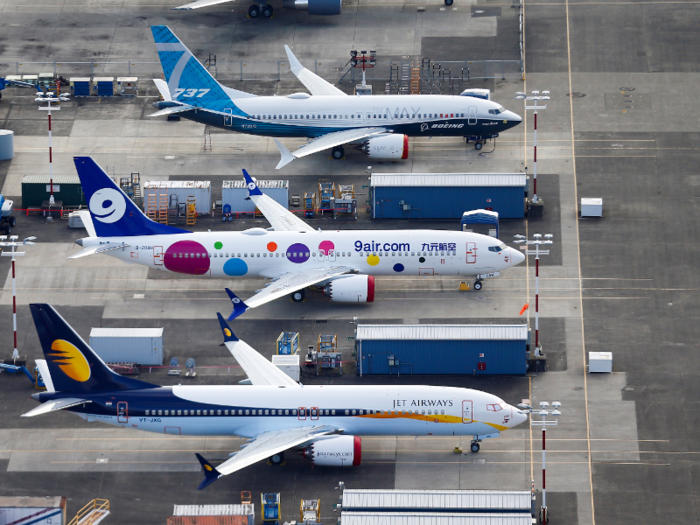
Boeing's website states that the MAX also bests the 737 NG by 14% when it comes to carbon emissions and fuel consumption.
The efficiency not only aids in increasing the range of the aircraft but also provides a safe bet against rising fuel prices. While oil prices are constantly in flux, a fuel-efficient plane is a constant that can be used to maintain profitability.
The range of the Boeing 737 8 Max was a big selling point with airlines as the airline could fly further than the 737-800, opening up new routes.
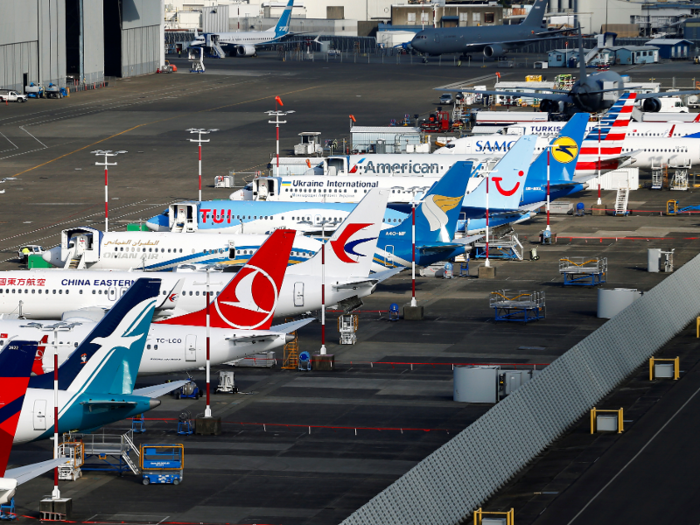
Thanks to its new engines and increased fuel efficiency, the Max 8 could fly up to 3,550 nautical miles, according to Boeing, while the 737-800 topped out at around 3,000 nautical miles.
While the 737-800 may have been able to get from New York to the outermost destinations in Europe, the Max 8 promised a range that would have allowed it to fly from New York to Europe consistently, even with a full load of passengers.
The Boeing 737 Max had been used by many airlines to supplement their current Boeing 737 operations, deploying them on the same set of routes.
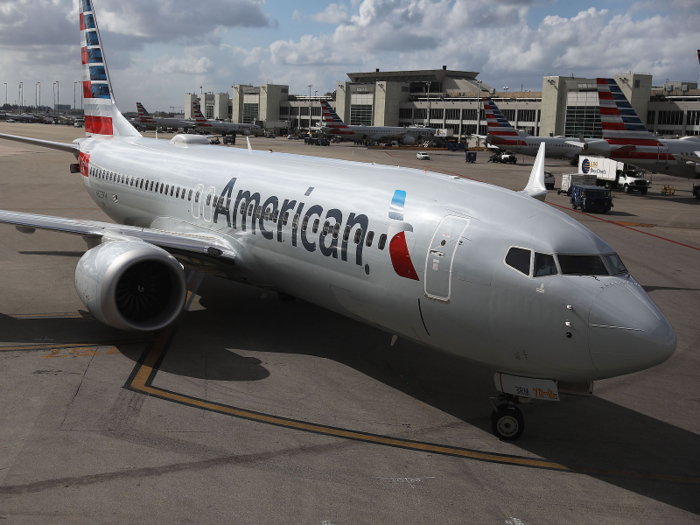
American Airlines first started flying the aircraft between New York and Miami, a route the airline primarily used the Boeing 737-800 on.
Other airlines, however, used the Max as a way to expand into markets that were previously unable to be successfully served with other aircraft.
Low-cost carrier Norwegian Air Shuttle used the aircraft to launch a subsidiary, Norwegian Air International, that sought to exclusively use the Max to connect secondary markets in the US and Europe.
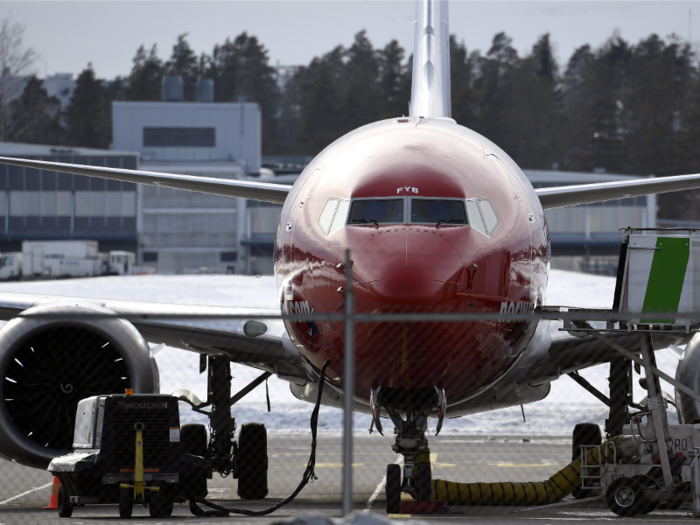
Such routes including Newburgh, New York to Bergen, Norway; Providence, Rhode Island to Dublin, Ireland and Hartford, Connecticut to Edinburgh, Scotland.
Norwegian operates one of the largest Boeing 737 NG fleets in Europe, making the Max 8 a logical next step in order to lower operating costs. Airlines were able to ingratiate the aircraft into their fleets easily as pilots didn't need to undergo additional training to fly it.
Perhaps the greatest difference between the two, for now at least, is that the Boeing 737 Max 8 has been grounded around the world and seemingly will not be seen flying passengers anytime soon.
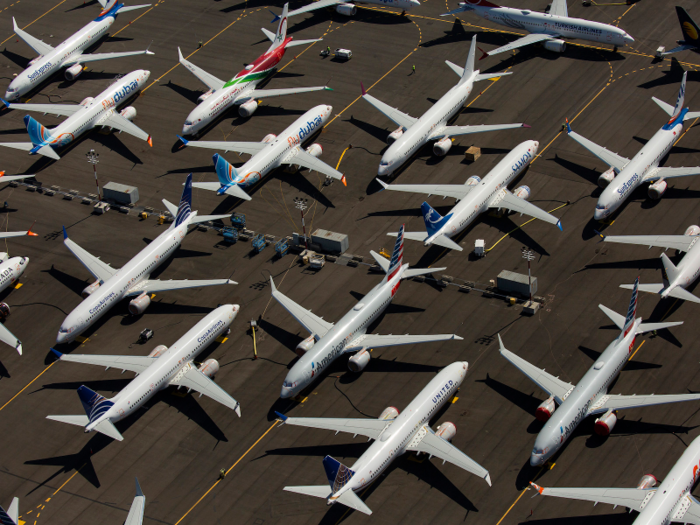
The Boeing 737-800, on the other hand, is still flying passengers on every populated continent.
Popular Right Now
Popular Keywords
Advertisement